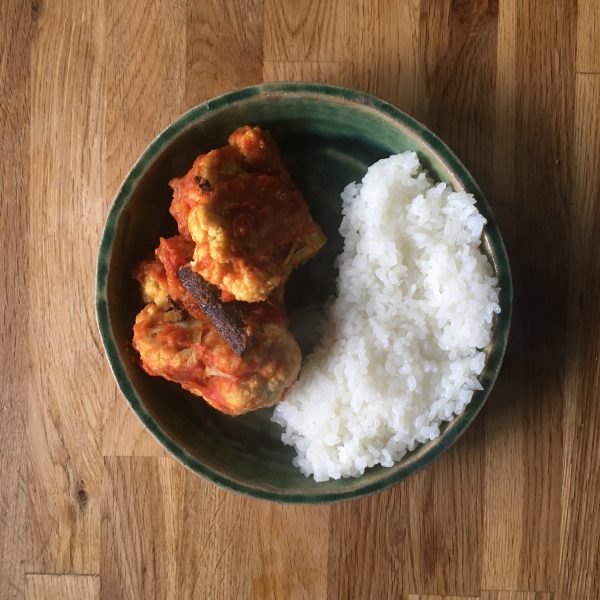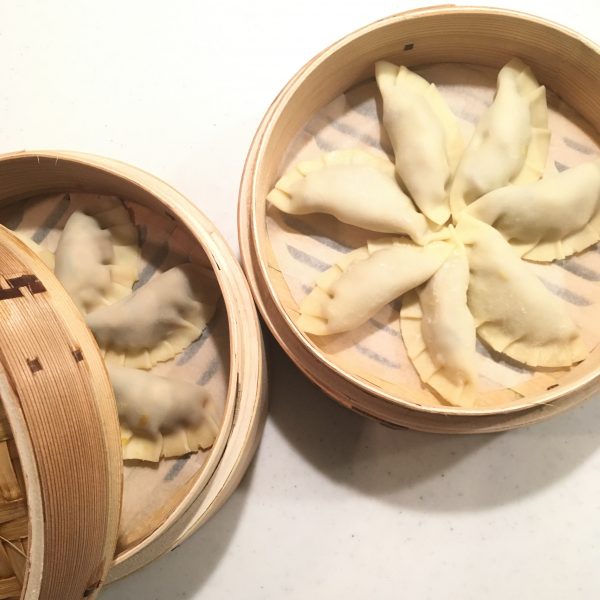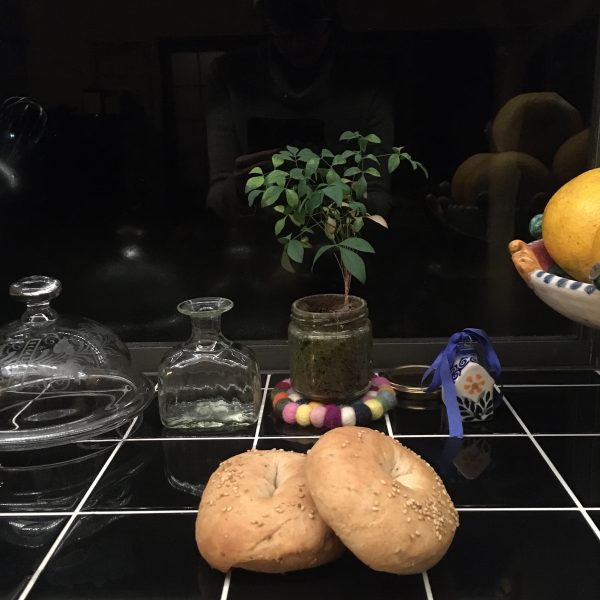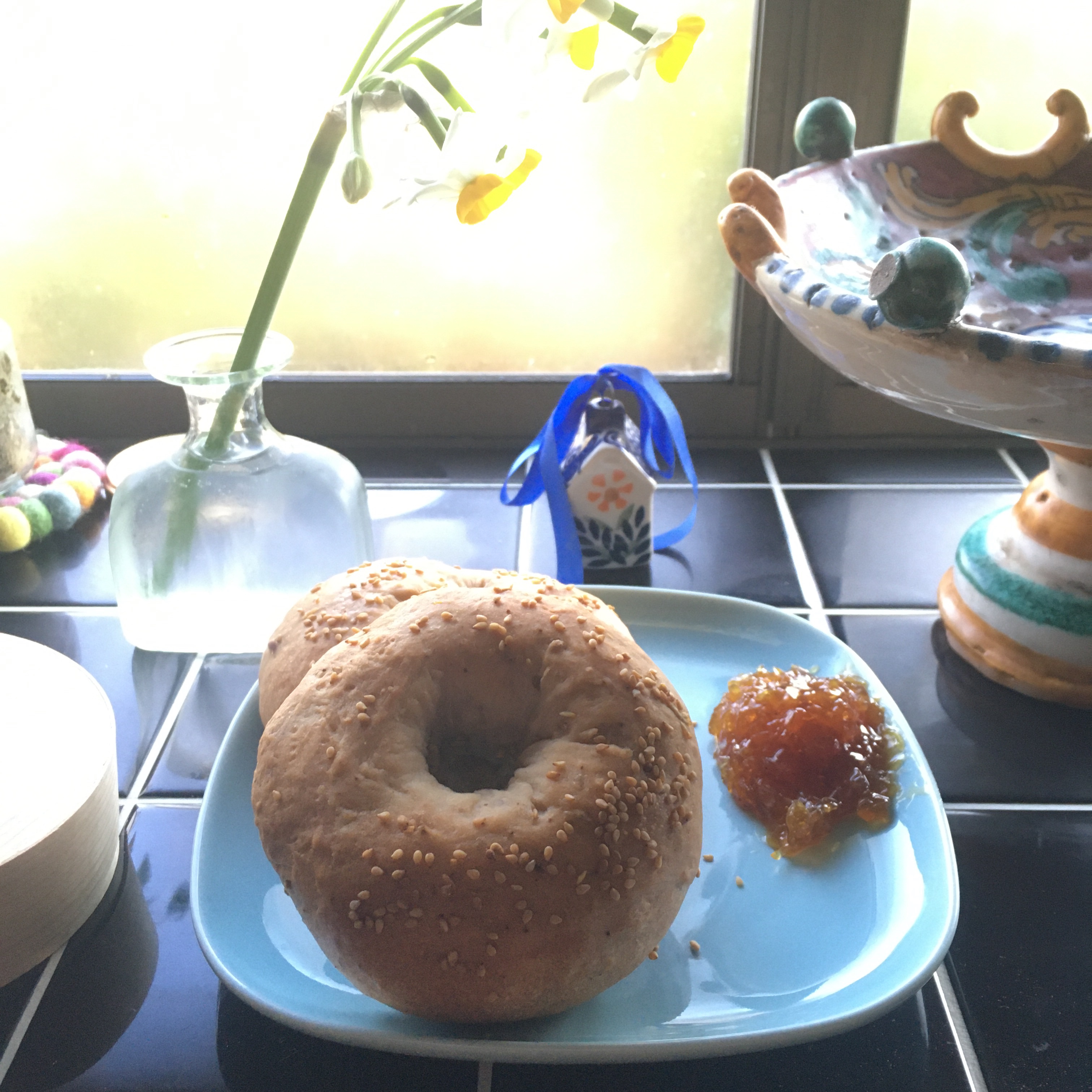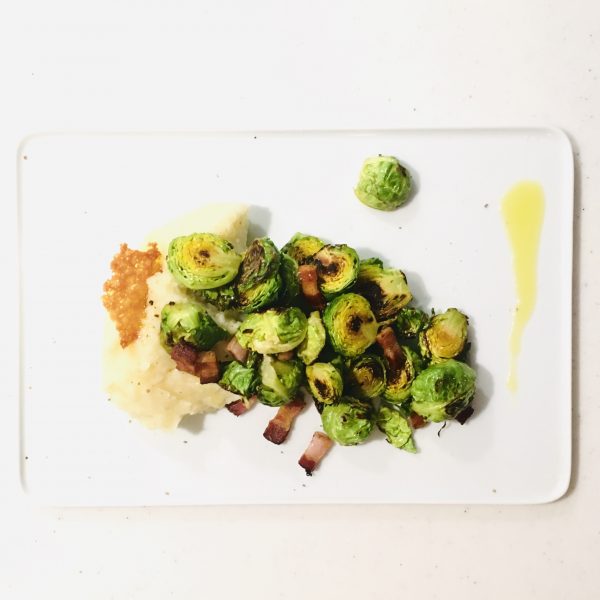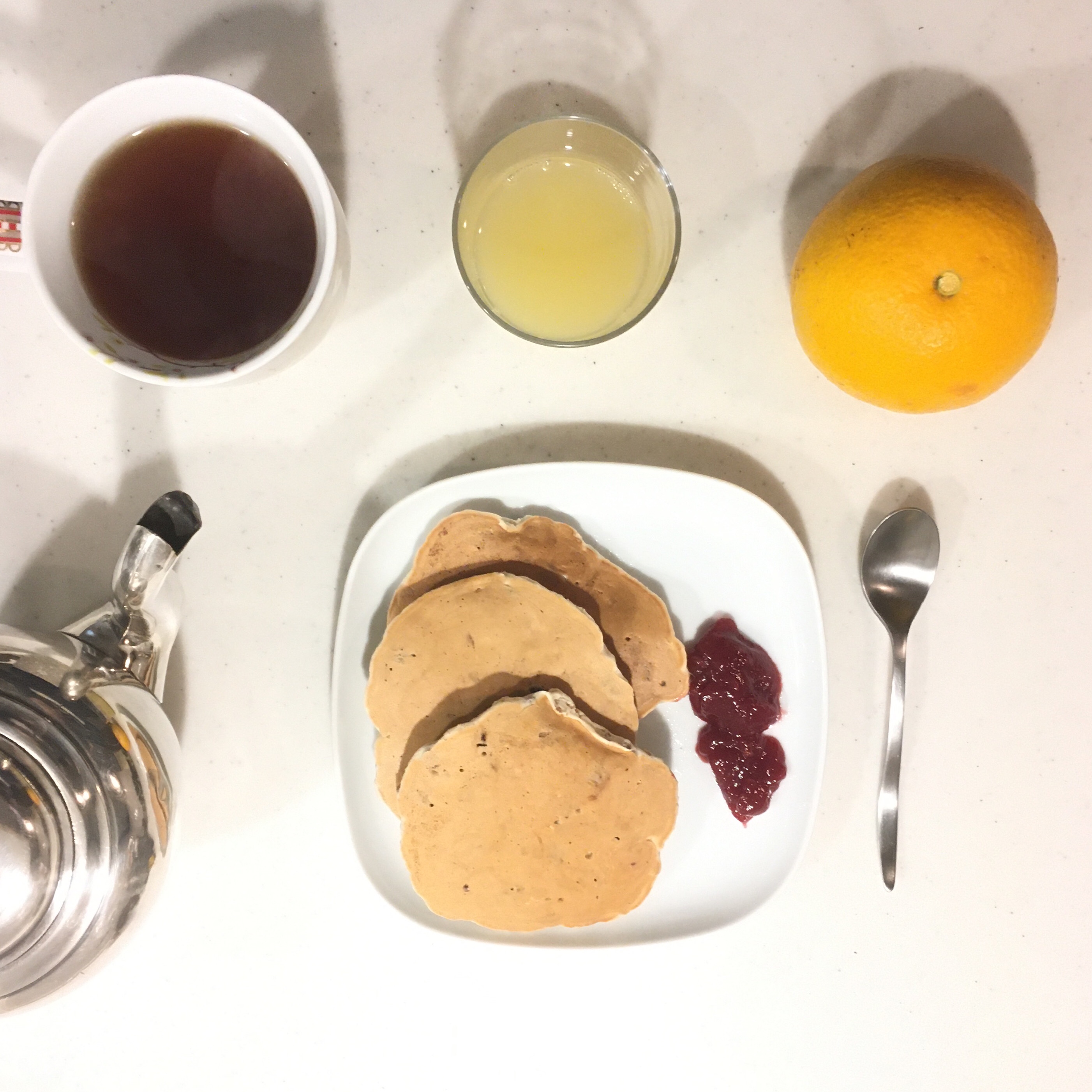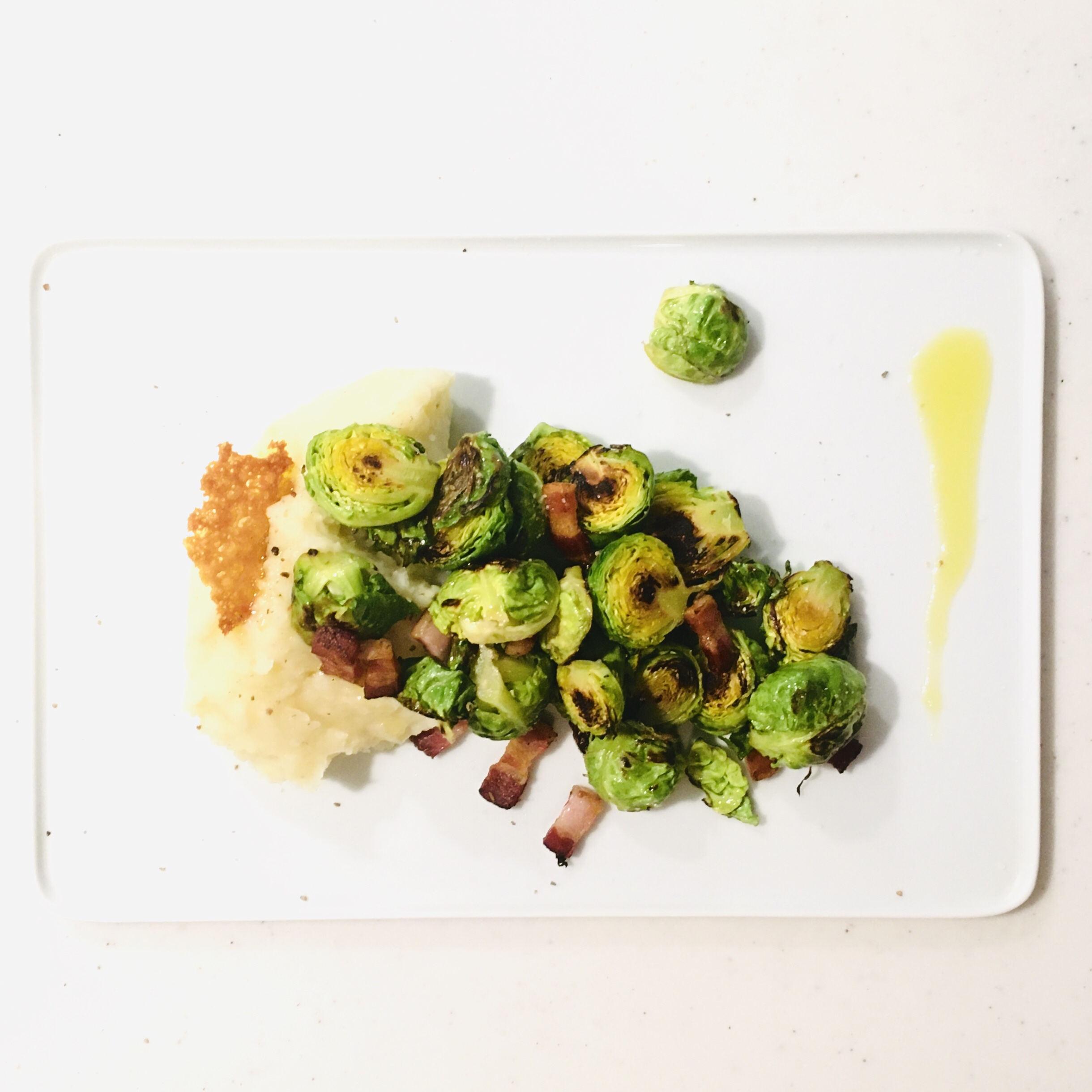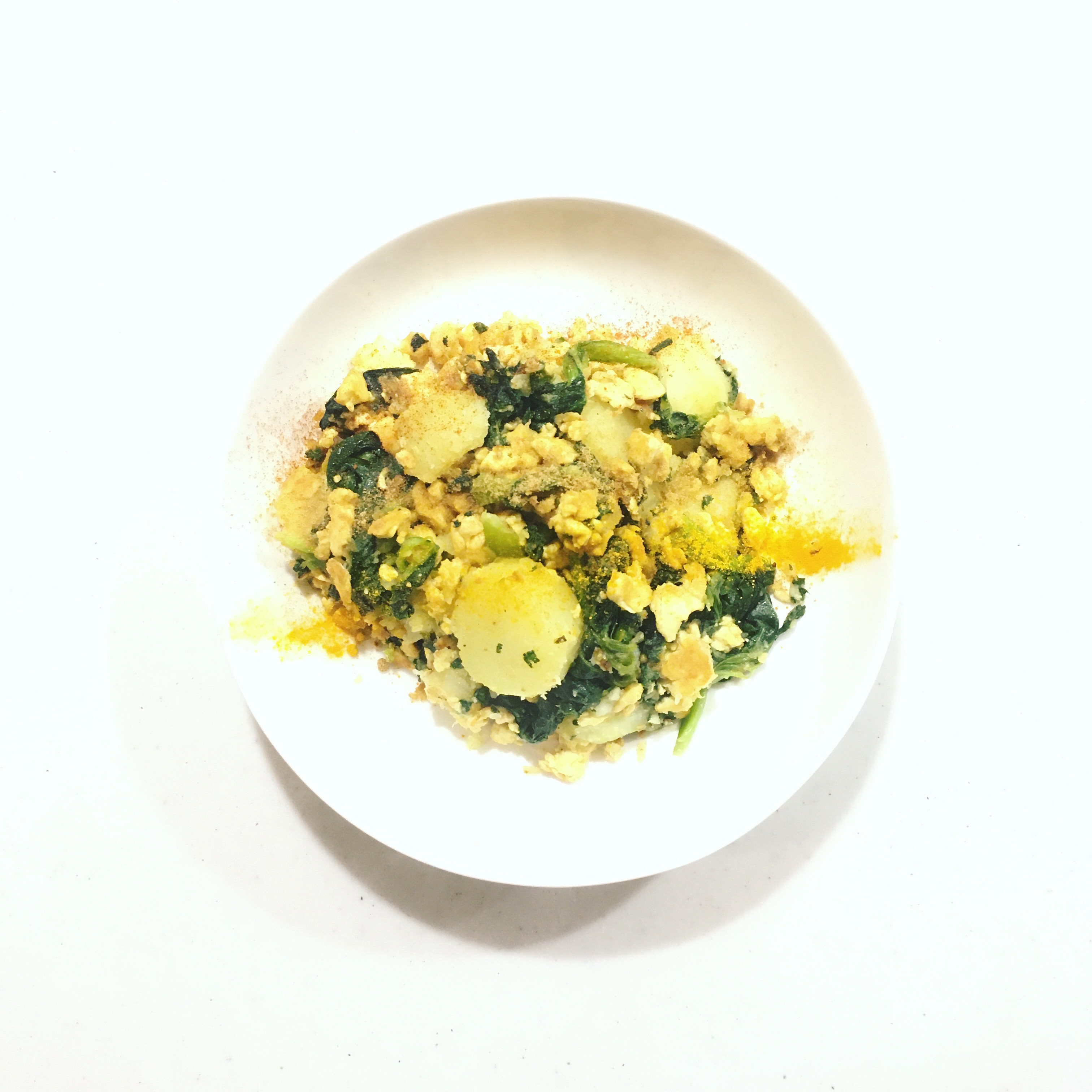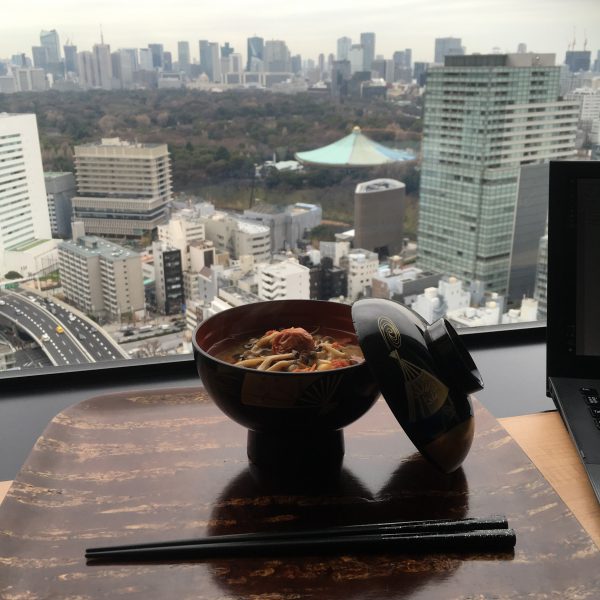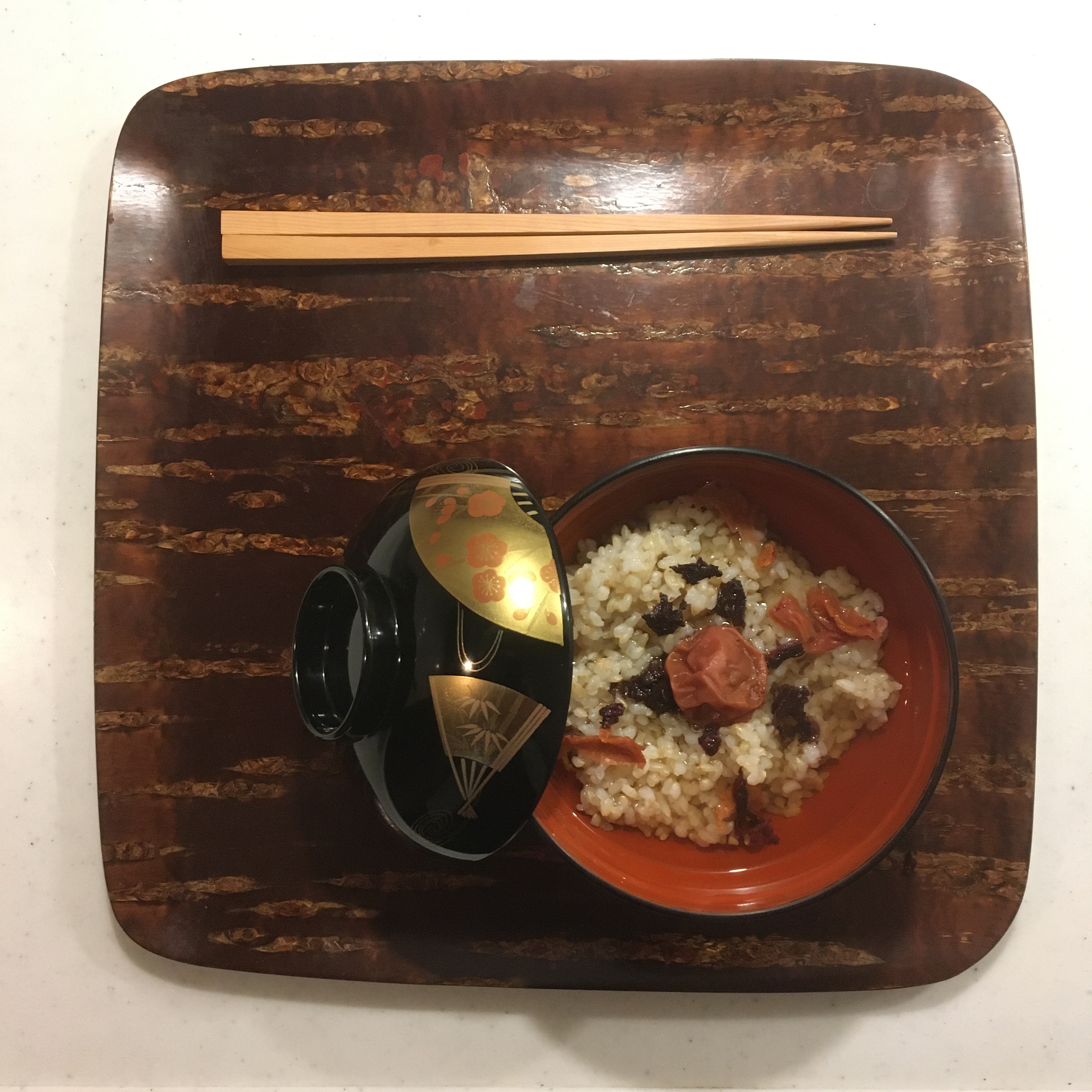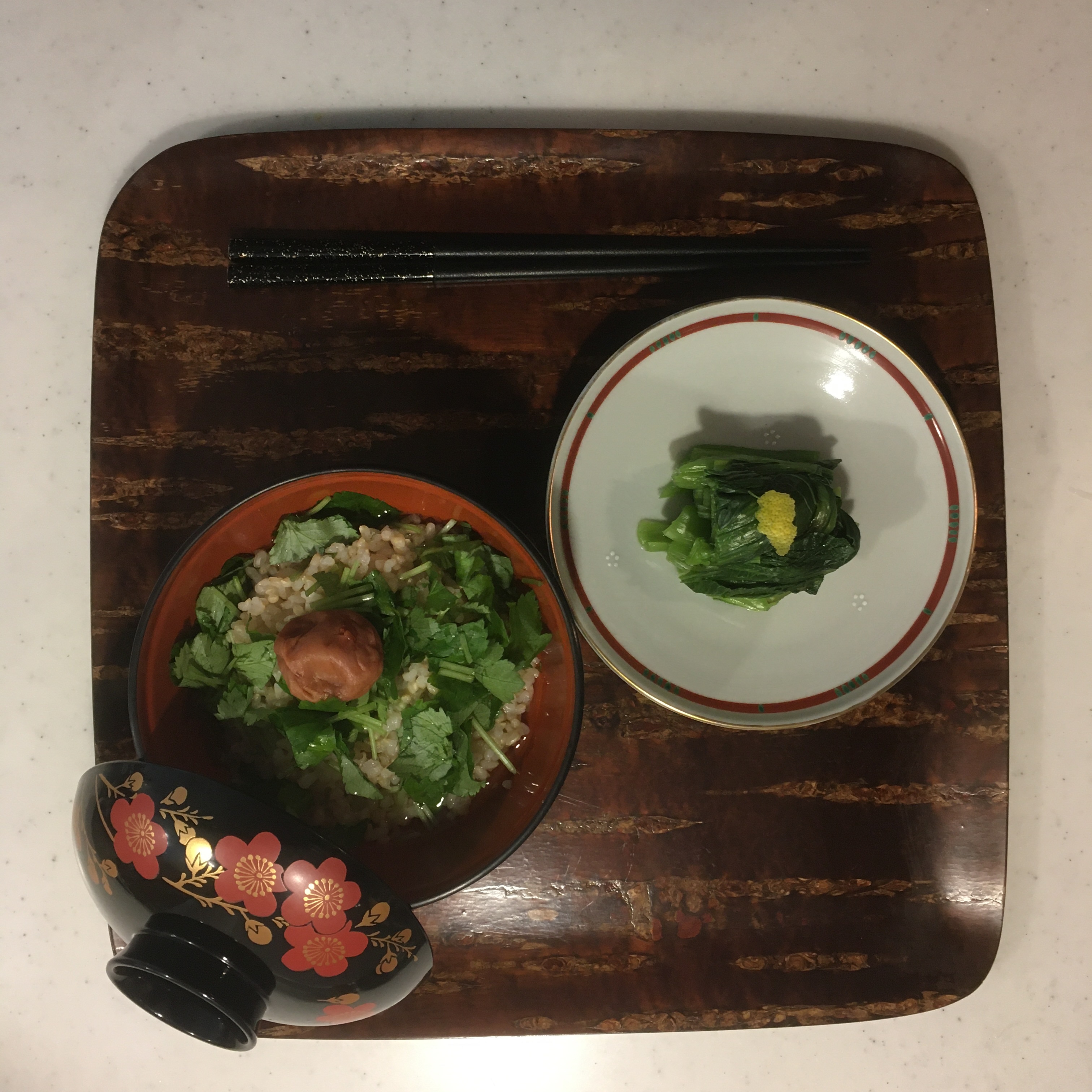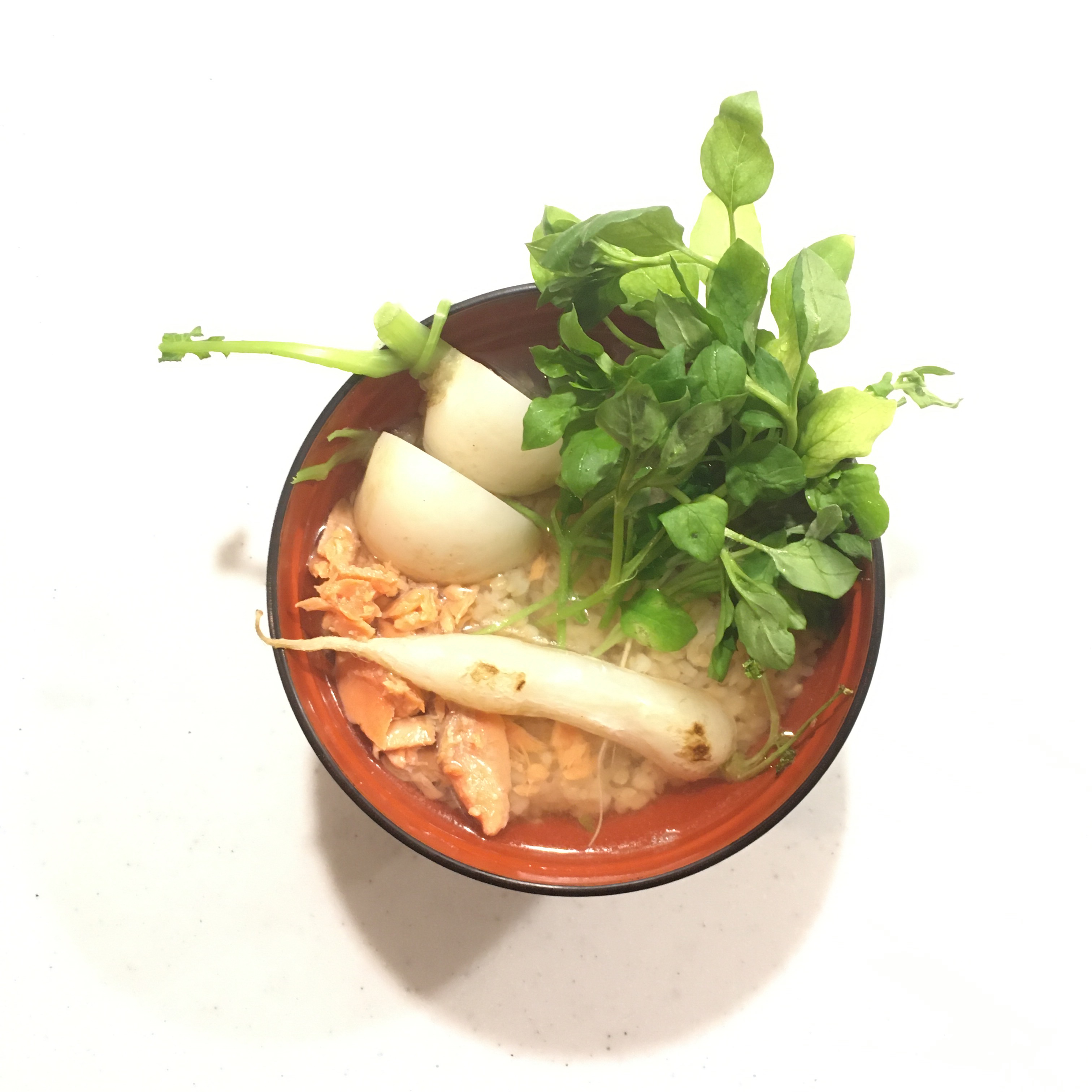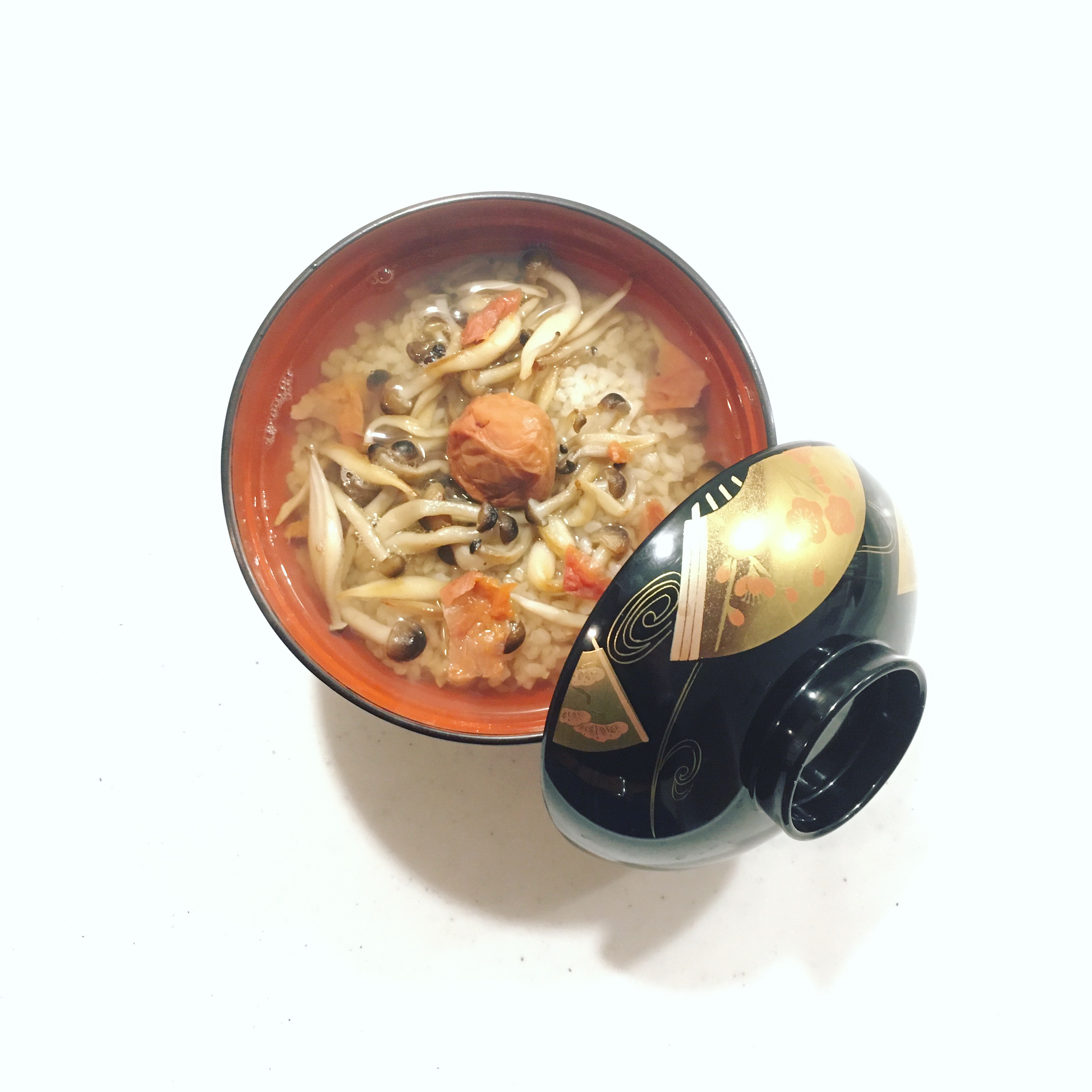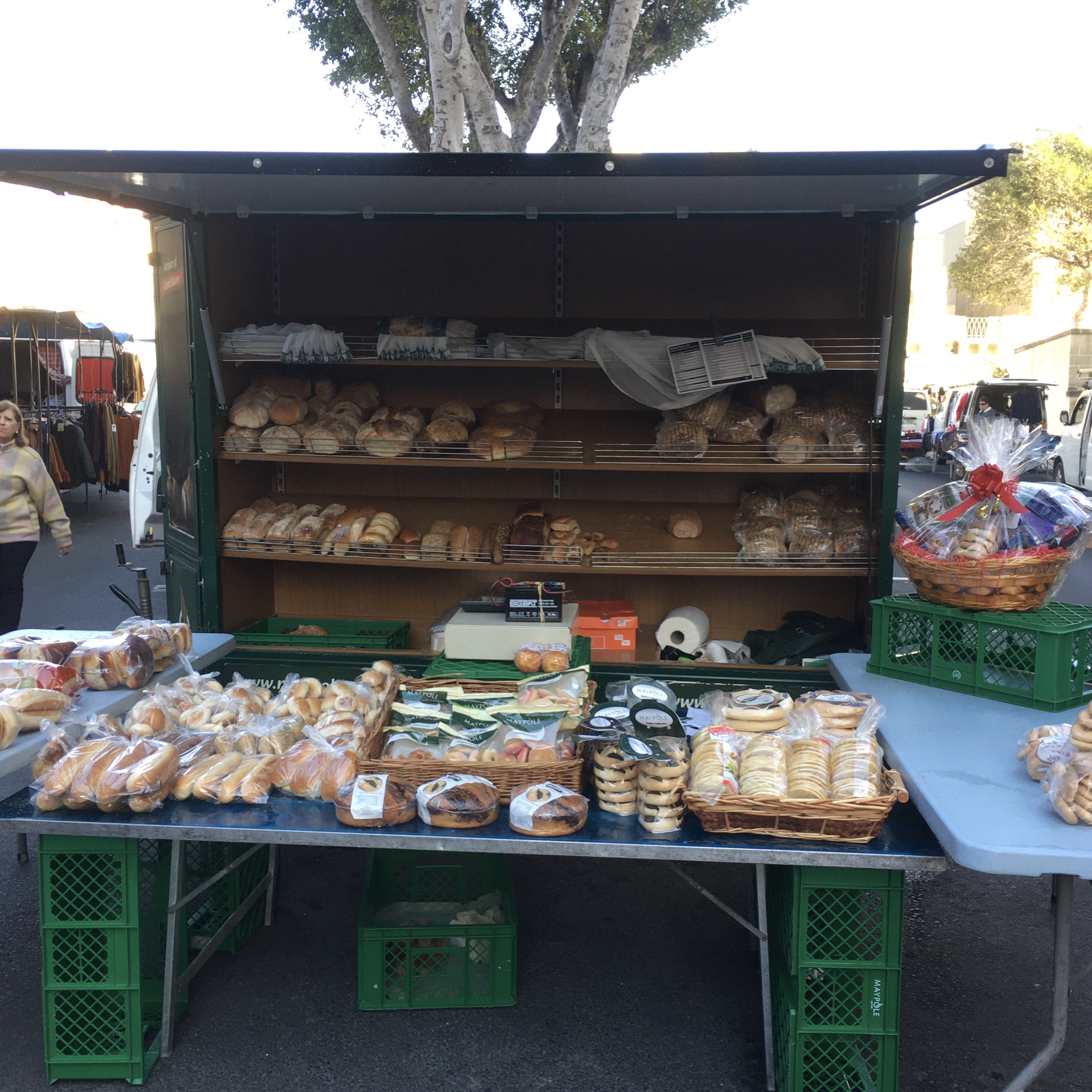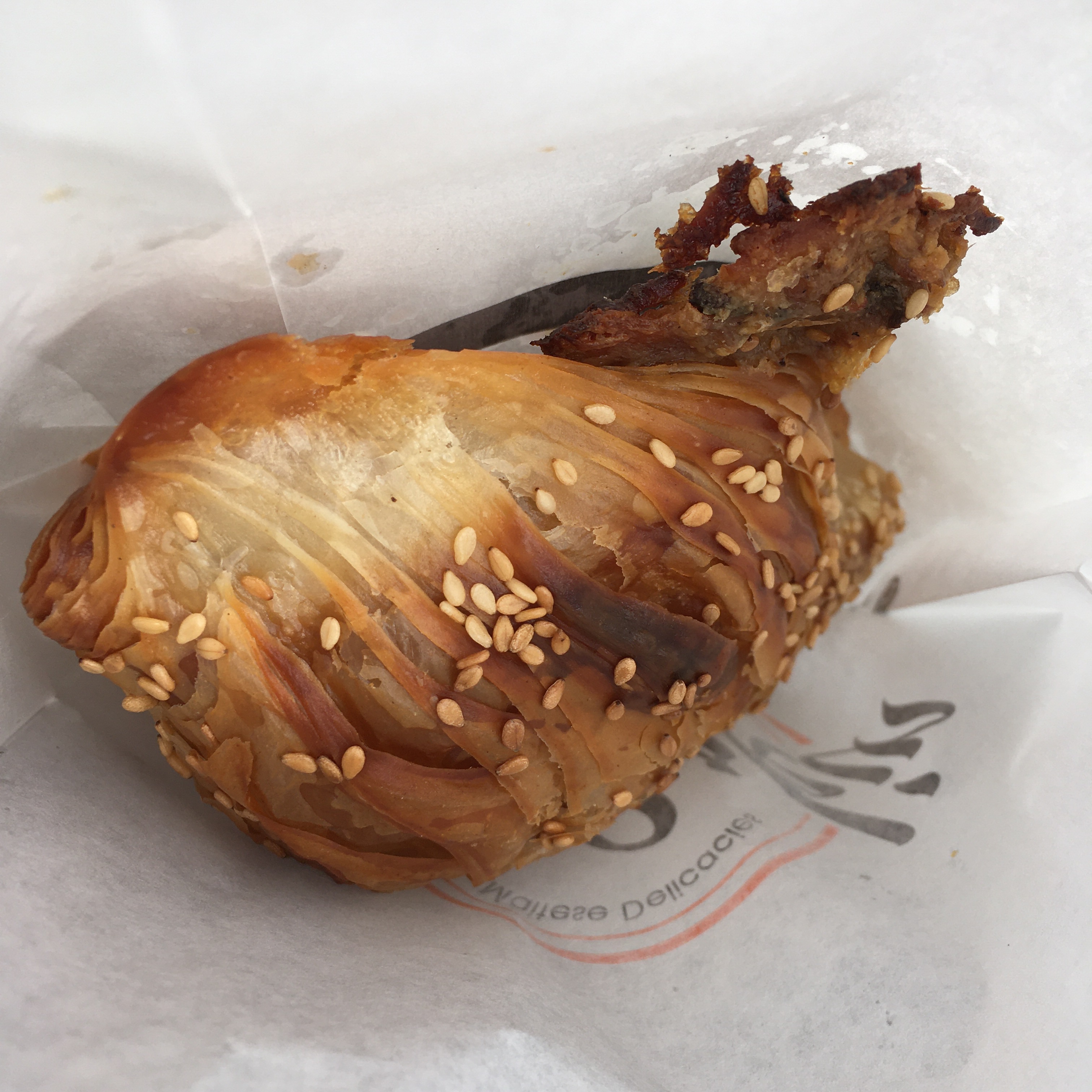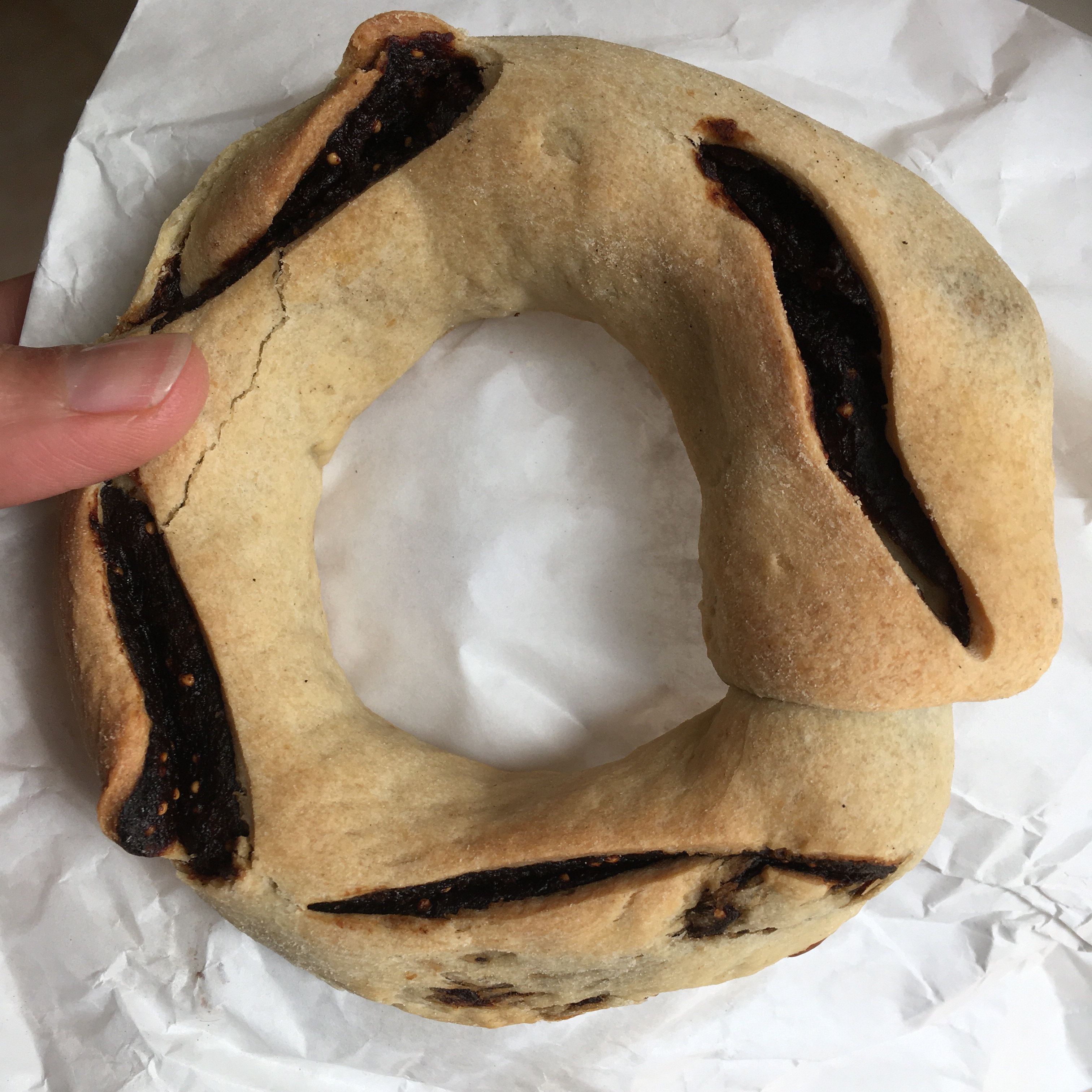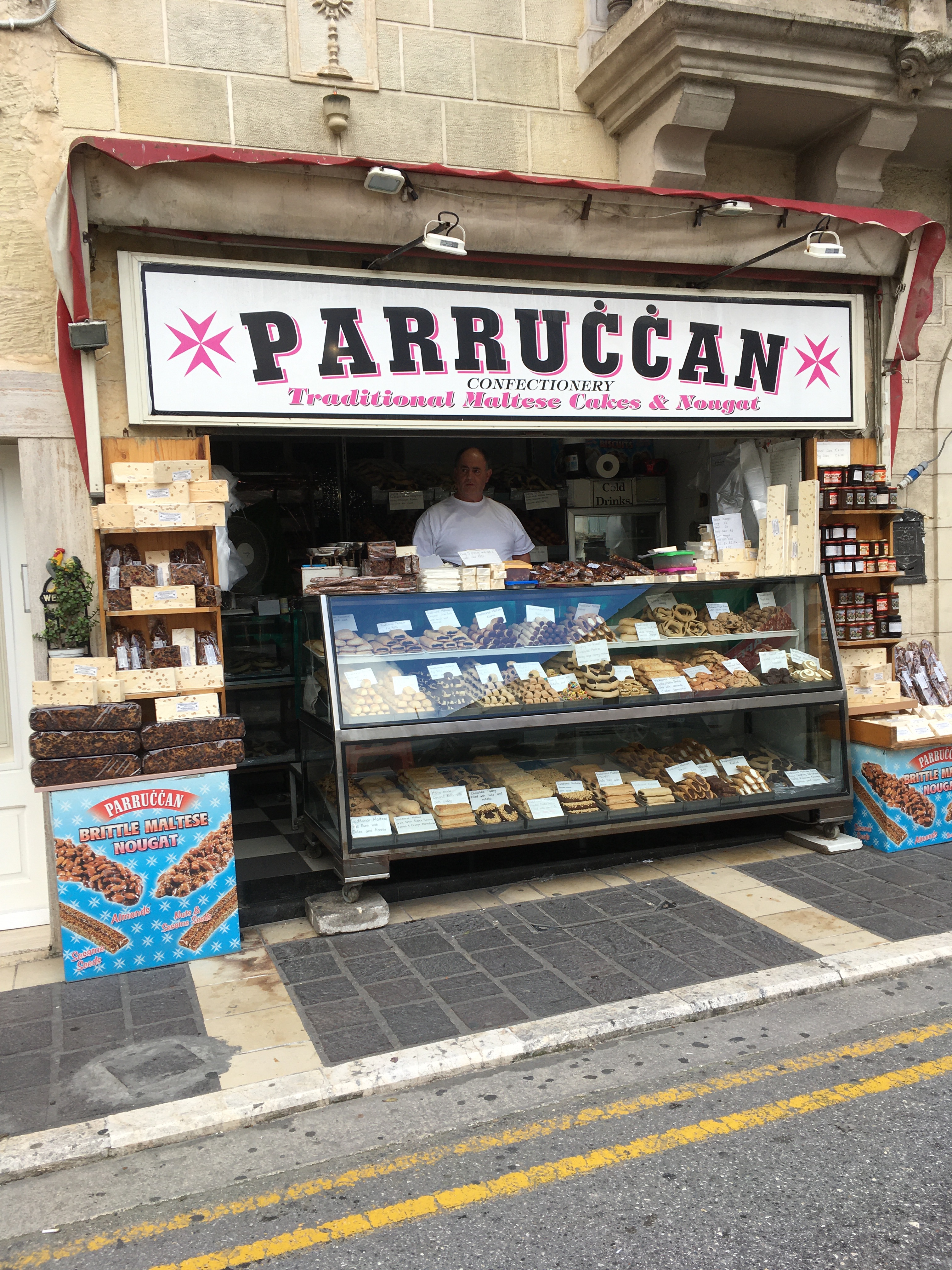A while ago, one of my former student from India offered me a set of Indian spices… It took me a while to know what to do, and finally, upon recommendation of a Canadian friend who cooked for me an amazing Indian curry some years ago, I asked for Vij’s at Home: Relax, Honey: The Warmth and Ease of Indian Cooking as a xmas present. I browsed it several times, looking for inspiration, and was overwhelmed by the abundance of recipes I wanted to test, not knowing where to start. But when I saw beautiful cauliflowers at the farmers market on Saturday, I remembered that cauliflower recipe I saw and rush for one. We are lucky that in Chiba they also grow tomatoes that in winter are perfect for tomato sauce: large, very ripe and sweet.
So back home in front of the pantry full of bins with so many spices I don’t know about yet… I started to cook following the recipe, more or less… oups I don’t have coriander seeds… nor fresh ginger…

So here is my version of Vij’s cauliflower steak, that I served with Japanese rice, like a vegetable curry-rice. It was super delicious, so I imagine that with the two missing ingredients it is probably even better… but now who cares!
Spicy cauliflower (for 2)
– 1/2 cauliflower
– 1 large ripe tomato
– 1/2tsp of salt
– 1/2tsp of ground tumeric
– 1/2tsp of ground chilly pepper
– 1tsp of ground cumin
– 4 cloves
– 1 stick of cinnamon
– a bit of oil (I used olive oil and rice oil)
In a bit of oil I first reduce the tomato to tomato sauce. Then add all the other ingredients but the cauliflower and stir well. When it’s all creamy, I add the cauliflower cut in 4 pieces. Cook at low heat under cover until tender but not mushy.
Serve and eat immediately!!!

